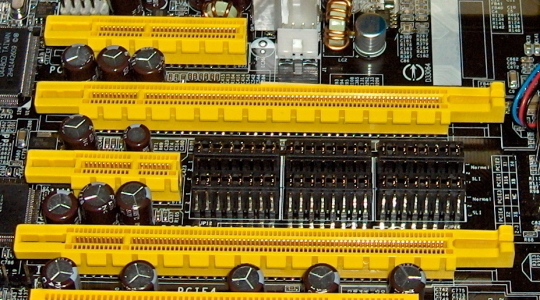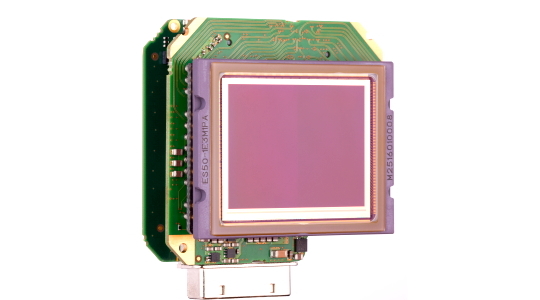
Senzors
Sensors
Image sensors
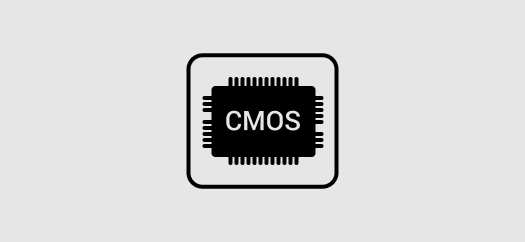
CMOS
Complementary metal-oxide-semiconductor (CMOS) sensors offer a unique and efficient approach to capturing visual data. They are known for their low power consumption, fast image acquisition capabilities, and cost-effectiveness.
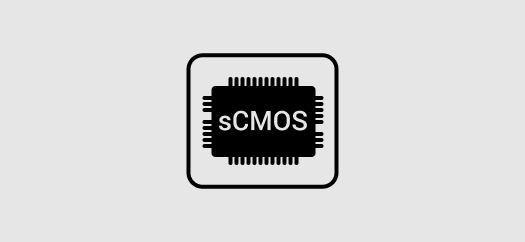
sCMOS
As the true heir of the former CCD sensors, scientific complementary metal-oxide-semiconductor (sCMOS) sensors are renowned for their high sensitivity, low noise performance for long exposures, and highest dynamic range.
Extended imaging modalities
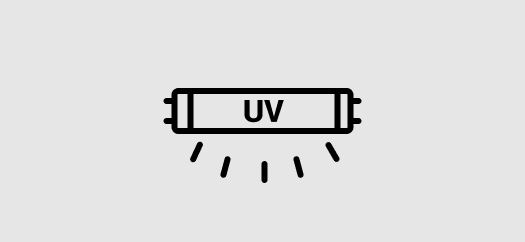
UV
UV sensors detect ultraviolet radiation below 400 nm. They're used in industrial processes such as semiconductor manufacturing (lithography) or medical imaging for diagnostics and research.

SWIR
SWIR sensors detect shortwave infrared light between 1000 nm and 3000 nm, useful for imaging through fog, haze, and smoke. Applications include surveillance, agriculture, sorting, and moisture detection.

X-ray
Scintillators are deposited directly onto a Fiber optic plate which is optically bonded with the CMOS or sCMOS sensor surface. The most common application for this type of X-ray camera is micro-CT systems.

Hyperspectral
Hyperspectral imaging (HSI) cameras capture data across numerous narrow bands of the electromagnetic spectrum, enabling detailed analysis of samples down to the chemical composition of materials.

ToF
ToF sensors measure the time it takes for light to travel to an object and back, enabling distance calculation. This form of depth sensing provides a good compromise between the resolution, acquisition speed and accuracy.
Interfaces

PCIe
PCI Express (Peripheral Component Interconnect), officially abbreviated as PCIe, is a universal high-speed computer interface that can also be used for cameras with high bandwidth demands.

USB3
The most popular and accepted generation of the Universal Serial Bus interface with high reliability, long cable options, simplicity, and overall industry support.
Mechanical design
Housing styles
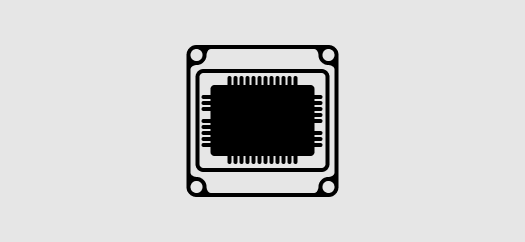
Board-level
Reduced to a minimum, the board-level variant of a camera is the basis for integration into custom devices and instruments, especially in conjunction with custom optics or without optics, for example in laser beam profiling.
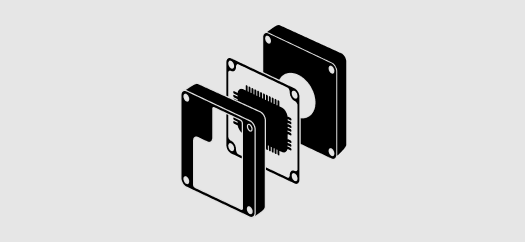
Semi-housed
As an intermediate stage between board-level and fully-housed cameras, this variant offers the most compact form factor, while including mechanical parts for optics, mounting, thermal management, and protection. Ideal for embedded vision.
Thermal management
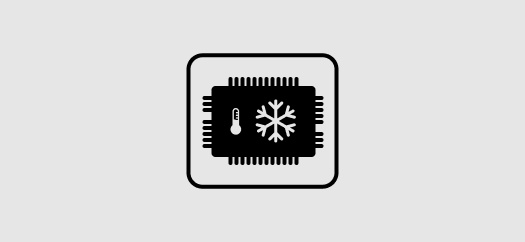
Sensor cooling (TEC)
Thermoelectric modules are utilized to actively cool sensors by exploiting the Peltier effect, enabling precise temperature control below ambient condition, stabilization of the imaging parameters or minimization of dark current effects.
Lens mounts
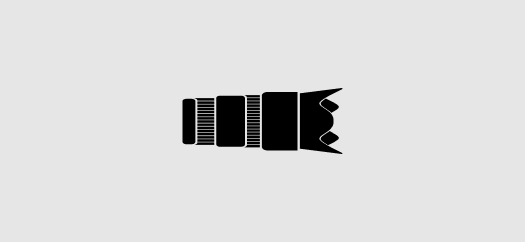
Passive
Support for standard lens mounts for any given sensor size. Options include S-mount (M12), C-mount, CS-mount, M42, M58 and M72.
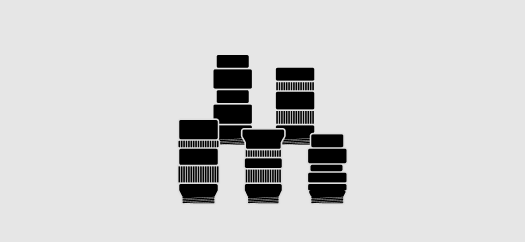
Active
Bayonet-style mount for full-frame and medium-format sensors, with an active control of the lens aperture and focus directly though camera body. Options include Canon EF and Hasselblad H system mounts.
Cabling
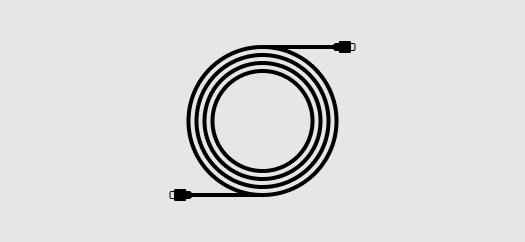
Long distance
By employing optical fiber instead of copper, the cables length can be extended to long distances without affecting the signal quality and transmission rates. Hybrid cables combine an optical core for data transmission with copper wires for power supply.
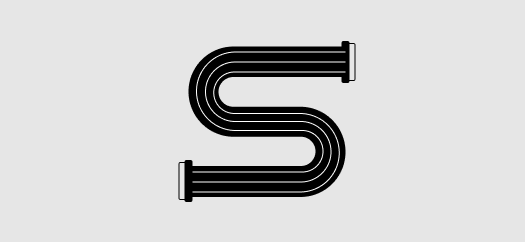
Flat flex
So called flexible flat cables (FFC) provide minimal connector profiles as well as very slim and foldable cable assemblies for extremely tight integrations.
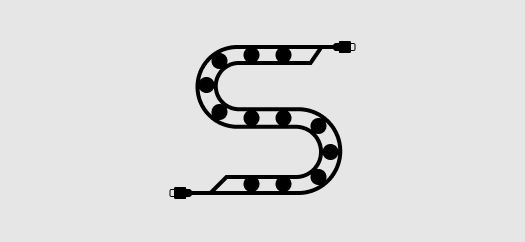
Ruggedized / high flex
High flexibility cables are built for continuous flex motion, typically offering 10 000 000 flex cycles or more. Ideal for robotic arms.
Multiplexing
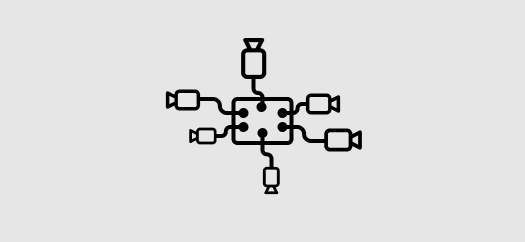
PCIe switch
Aggregation of data streams from multiple cameras into a single higher bandwidth link to the host machine with a higher bandwidth. Centralized power supply and IO subsystem further reduces cabling needs and system complexity.

